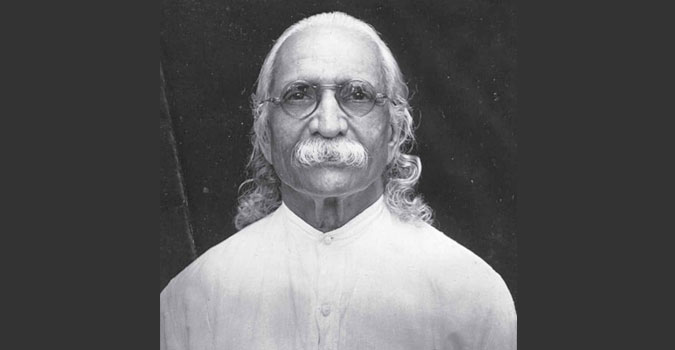Swami Kuvalayananda
Jagannatha Ganesa Gune
Early Life
Swami Kuvalayananda was born as Jagannatha Ganesa Gune in 1883 in the village of Dhaboi, Gujarat, India. He was born into a traditional Karhade Brahmin family, where his father was a teacher and his mother was a housewife. Despite being from a poor family, Kuvalayananda was able to pursue his education, and was awarded the Jagannath Shankarsheth Sanskrit Scholarship at Baroda College.
During his student days, he was influenced by political leaders such as Sri Aurobindo and Lokmanya Tilak's Indian Home Rule Movement, which led him to take up a vow of lifelong celibacy and devote his life to serving humanity.
Career
Kuvalayananda's national idealism and patriotism prompted him to help organize the Khandesh Education Society at Amalner, where he eventually became the Principal of the National College in 1916. However, due to the spirit of Indian nationalism prevalent at the institution, the National College was closed down by the British Government in 1920. From 1916 to 1923, Kuvalayananda taught Indian culture studies to high school and college students.Pioneering Research in YogaKuvalayananda's interest in yoga started in 1920, and he went on to publish the first journal specifically devoted to studying yoga, Yoga Mimamsa, in 1924.
Most of his research took place at the Kaivalyadhama Health and Yoga Research Center at Lonavla, which he founded in 1924. His research has had a profound impact on the development of yoga as exercise, and he is widely recognized as a pioneer in the scientific study of yoga.
Conclusion
Swami Kuvalayananda's dedication to the study of yoga and his contributions to the field have had a lasting impact on the development of yoga as exercise. His research has helped establish the scientific foundations of yoga, and he is remembered as a pioneer in the field. Despite facing many challenges in his life, including poverty and obstacles in his education and career, Kuvalayananda's passion for serving humanity and his dedication to his work have made him a beloved figure in the history of yoga.

